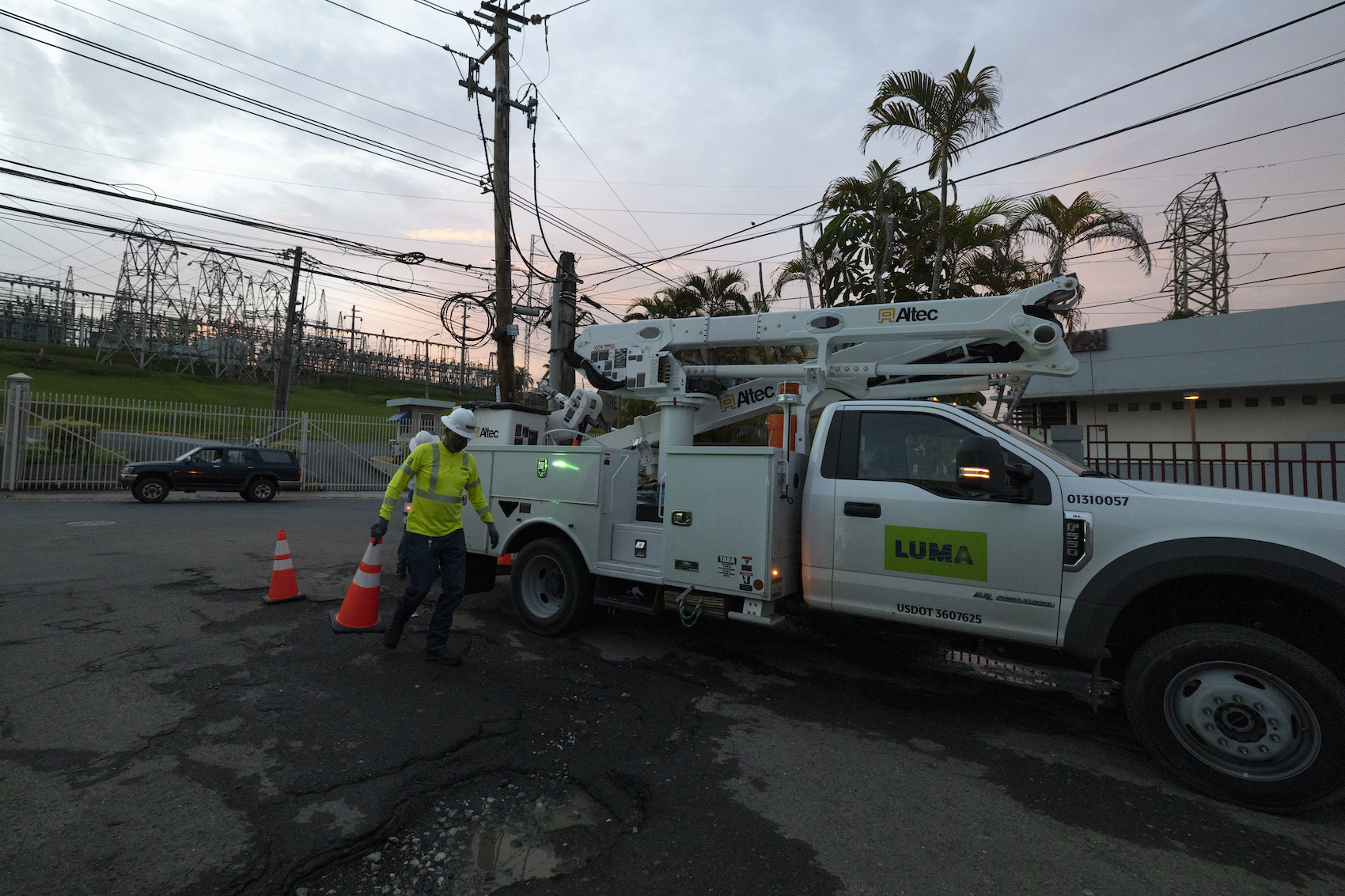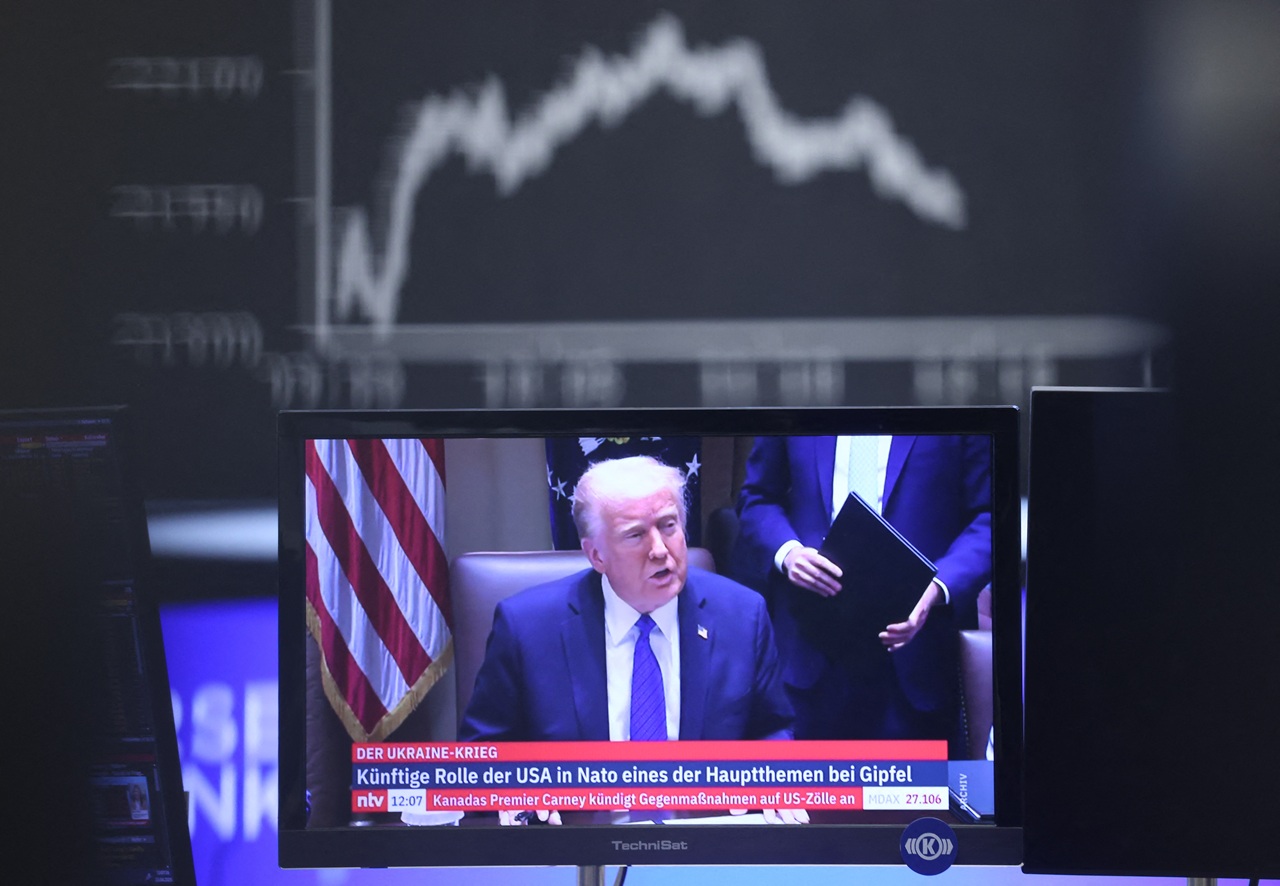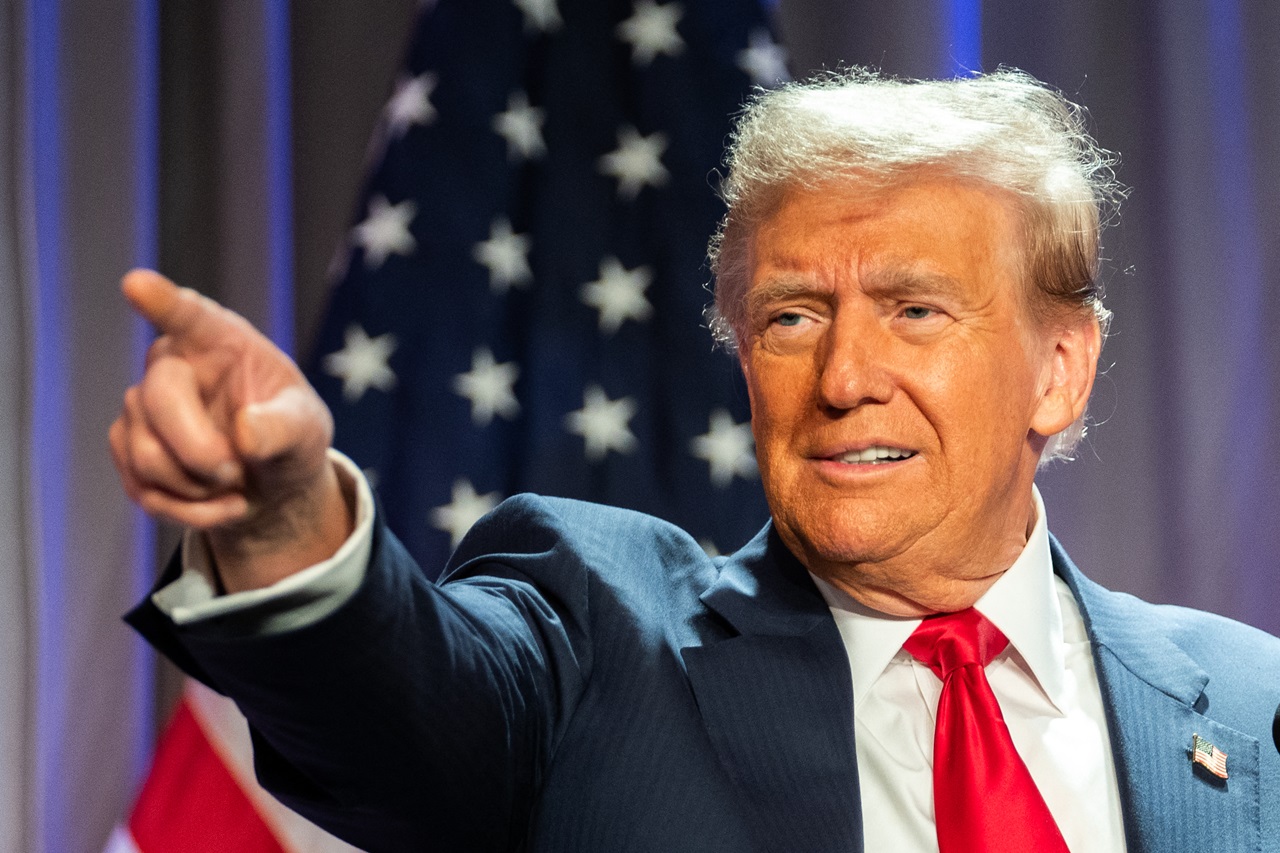
LUMA blunders as Puerto Ricans continue to protest forced privatization of power grid
Puerto Ricans continue their fight against the forced privatization of their power grid amid rising costs, outages, and corruption.
Ever since taking control of Puerto Rico’s electrical grid, LUMA Energy has delivered only blunders to the island, ranging from a handful of major power outages, a hike in prices, and ongoing protests over controversy of how it was able to gain control of Puerto Rico’s power in the first place.
The island’s power has been privatized, meaning the control board and Puerto Rico’s government may be forced into an eventual power rate increase to meet bondholders' demands. Many customers have already reported this happening.
Then came a cyberattack reported on June 10, known as a targeted Distributed Denial of Service (DDoS) attack on the Mi LUMA customer portal and mobile app, reported Puerto Rico’s El Vocero.
The attack sought to make the online service unavailable to users by overwhelming it with traffic from multiple sources — 2 million hits per second. As a result many customers had difficulty accessing their LUMA portals.
Just hours after the attack, 800,000 customers lost power. A major transformer fire at a LUMA substation that serves San Juan’s metropolitan area occurred shortly after 6 p.m. on June 10.
People were left without power until 8 p.m. the next day, but they were only given a handful of days before the next outage.
Day 16 since LUMA took over Puerto Rico’s grid. Another massive outage after one of the main power plants (Costa Sur) misfired leaving 150k households without electricity. This is what privatization of public utilities looks like. https://t.co/sM9UHpXzuL
— PAOLETTE (@deviIette) June 17, 2021
On the evening of June 15, LUMA Energy reported that three units went out of service unexpectedly, leaving thousands again without power.
LUMA initially reported that an estimated 190,000 customers lost power. They later updated the sum to over 330,000.
The Director of the Electric Energy Authority, Efrán Paredes, confirmed to Radio Isla that the recent issues with the electric system on the island had to do with the transmission and distribution of energy under LUMA.
“It is the responsibility of LUMA Energy to attend to that situation,” he said, stressing that it wasn’t an issue of generating energy, which falls under his jurisdiction.
POR SI TE LO PERDISTE:
— Julio Rivera-Saniel (@riverasaniel) June 17, 2021
La @AEEONLINE asegura que @lumaenergypr es responsable de problemas recientes con el sistema eléctrico https://t.co/C5KfEpZczQ
If mass-power outages weren’t enough, LUMA also recently alerted customers to potential phone fraud. Scammers are identifying themselves as LUMA employees to trick unsuspecting customers into disclosing their personal information.
"Our employees will never ask you to share or expose your payment methods. If any changes are made to the billing and collection procedure, LUMA will officially inform its customers," LUMA wrote in a statement. "We reiterate our commitment to provide the best service to our customers, including their data security.”
Though this isn’t explicitly LUMA’s responsibility, it adds fuel to the fire that started when the entity took over the transmission and distribution of power for Puerto Rico’s Power Authority (PREPA), the main energy supplier for its 3.3 million inhabitants, one of the largest power utilities in the U.S.
The shift has been far from seamless, and LUMA’s takeover has caused protest and reignited the settler-colonist relationship between the U.S. and Puerto Rico.
Natural disasters are not Puerto Rico’s biggest cause for concern. It is the decades of mismanagement of Puerto Rico’s power grid, and its government’s inability to comply with U.S. regulations to distribute relief funds — which the U.S. seriously delayed — designated by the federal government.
Puerto Rico continues to slowly recover from Hurricanes Maria and Irma nearly four years ago. They were the initial factor, but it was the mismanaged power grid that caused the 11-month blackout back in 2017.
It has been acknowledged that LUMA inherited this system of unresolved blackouts, but there has also been the agreement that there needs to be a change in the energy authority in Puerto Rico because of the lack of transparency, disregard for public needs, and ties to questionable government officials.
Puerto Ricans fight against forced privatization of their power grid amid rising cost #luma https://t.co/H0eJpK1ZPe
— aldianews (@ALDIANews) June 7, 2021
The agreement approved by Puerto Rico’s government and a federal control board calls for LUMA to spend billions in upgrading its energy grid. The majority of these funds are coming from FEMA. In turn, LUMA will receive hundreds of millions of dollars for taking over the system.
It was a lucrative opportunity for LUMA, but the people have not been made a priority.
RELATED CONTENT
It’s an issue that sparked mass protests on the island for weeks, ever since it became clear to the people that LUMA, an outside organization with uncertain ties to officials, was making its move.
While the island’s House of Representatives unanimously rejected the oversight board’s (FOMB) demand in a vote 43-0, the U.S. forced the privatization. Puerto Rico Governor Pedro Pierluisi is in favor of the grid’s privatization, but it should be noted that he used to work for FOMB.
So far, it's been a summer of protest.
On June 3, women in Puerto Rico blocked a main highway into the major metropolitan area of Cataño to stand in solidarity with PREPA employees, but they were immediately met by riot police.
State-owned PREPA employees have also gotten the short end of the LUMA agreement. They were moved to the private firm under agreements with the government and its agencies with little representation through the process.
On June 4, demonstrators blocked the entrance to a LUMA Energy facility at PREPA’s Palo Seco power Plant in Toa Baja.
On June 11, grassroots Puerto Rican organizations, Puerto Ricans in diaspora, and allies demonstrated in New York City, demanding the Puerto Rico’s government end its contract with LUMA Energy.
In response, government officials have urged the people to be patient, as LUMA inherited a broken electrical grid with outdated infrastructure.
But what’s next?
Puerto Rico’s own House of Representatives voted against the privatization. These protests are against liberties taken despite the people’s will.
Protestors are demanding a repeal of PROMESA, the Obama-era law that imposed Puerto Rico’s FOMB — the root of many of the island's issues linked to corruption.











LEAVE A COMMENT: